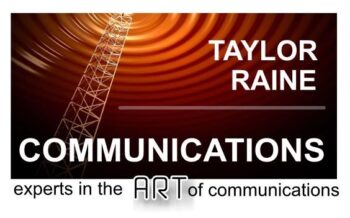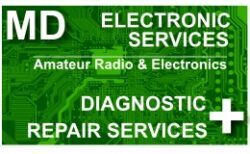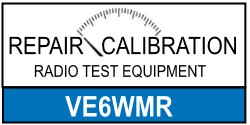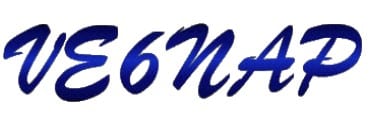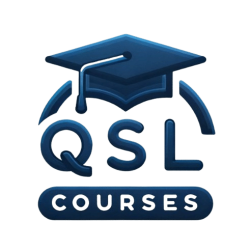
question specific learning
Transforming Knowledge Into Understanding
Hamshack.ca is completing the fully updated Basic Amateur Radio Course, built from the ground up to match the latest ISED syllabus and question bank. The new course is now in the final QA and testing stage, with launch expected shortly. It features clear, easy-to-follow lessons, embedded answers, interactive quizzes, real-world examples, and full mobile compatibility — everything you need to prepare confidently for your Basic Qualification.
The Advanced Amateur Radio Course remains fully available and unchanged. It continues to use the proven QSL (Question Specific Learning) methodology to provide deeper understanding, exam-focused content, and a highly structured learning path designed specifically for Canadian operators who want to upgrade their certification.
Contact VE7DXE
Contact VE7DXE for enrollment details and course reservations.
Log into your hamshack.ca account to access the QSL Advanced Course. Don’t have an account? No problem, request an account here. Good luck with your studies!
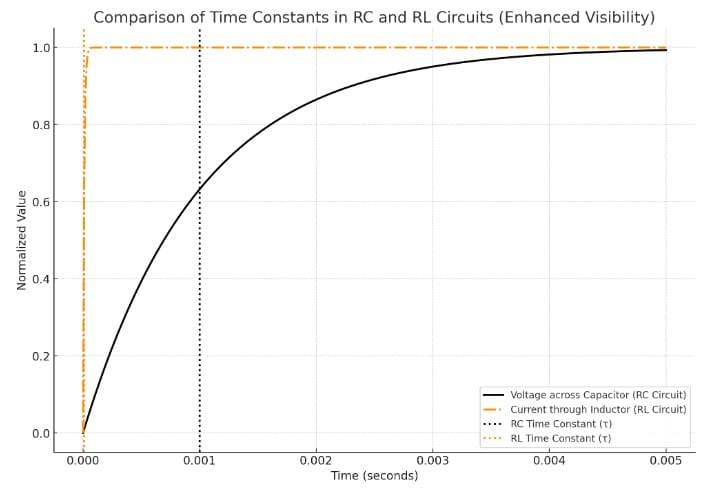
1.1. time constant – capacitive and inductive
Hamshack.ca’s “Time Constant – Capacitive and Inductive” course, within the Advanced Theory section, targets individuals aiming for an Advanced Licence. Using the Question Specific Learning (QSL) method, this course delves into radio technology for those with Basic licences, readying them for the Advanced Written exam. It combines detailed explanations and practical examples to enhance understanding and application skills in radio setup, focusing on theory integration with real-world use. It prepares amateur radio operators with crucial skills in signal processing and frequency tuning, enriching their hobby.
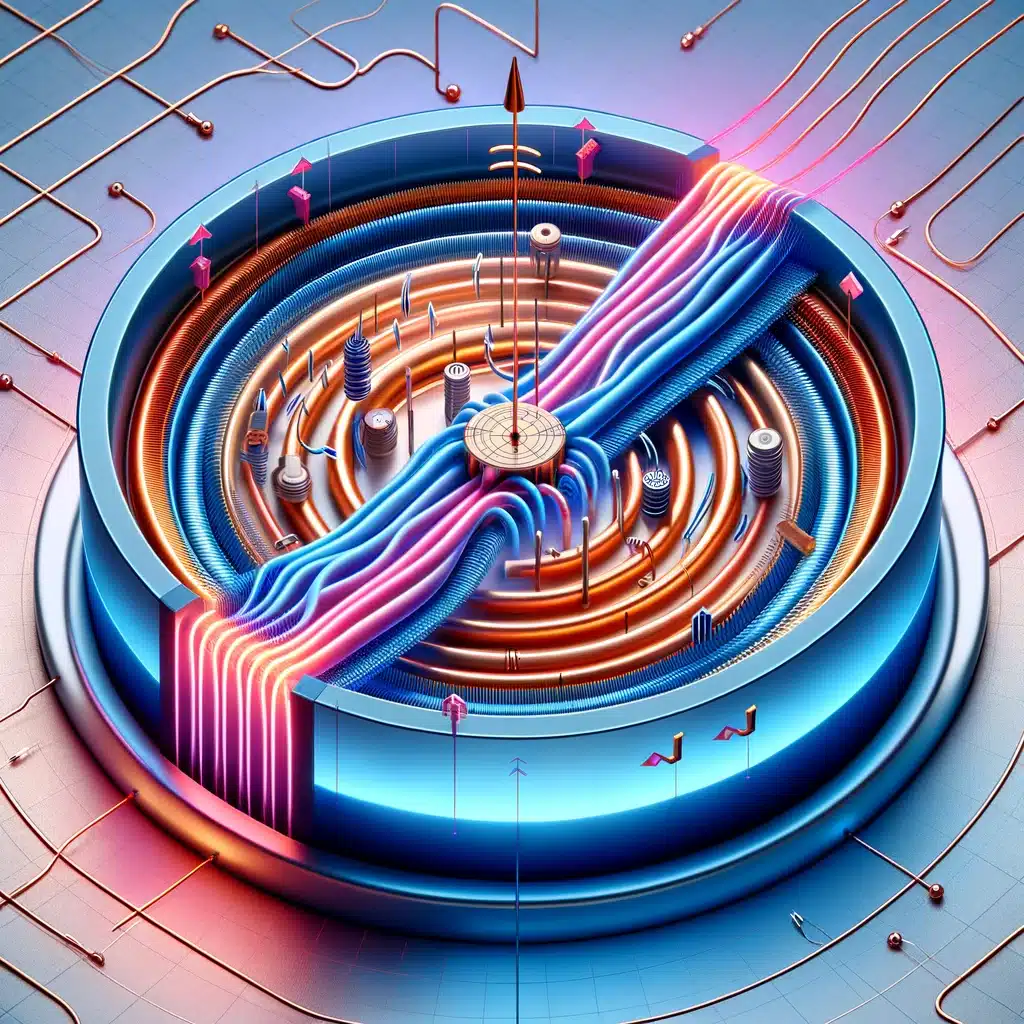
1.2. electrostatic and electromagnetic fields, skin effect
Hamshack.ca’s “Electrostatic and Electromagnetic Fields, Skin Effect” course, part of the Advanced Theory section, readies learners for the Advanced Written exam. It delves into essential electronics principles crucial for ham radio mastery, focusing on electrostatic and electromagnetic fields and the skin effect’s impact on RF currents. Utilizing the Question Specific Learning (QSL) method, the course not only prepares students for the exam but also equips them with practical skills by linking theory to real-world applications, enhancing operator skills and equipment performance.

1.3. series-resonance
Hamshack.ca’s “Series-Resonance” course, within the Advanced Theory section, delves into RLC circuit resonance, essential for amateur radio and RF engineering mastery. It covers resonant frequency principles, tuning, and component variations, offering insights for radio frequency optimization. The course focuses on balancing reactances to reduce impedance, precise circuit tuning, and component value calculations for specific resonances. Aimed at preparing for the Advanced Written exam, it combines theory with practical applications in amateur radio through the Question Specific Learning (QSL) method, enhancing both understanding and operational skills.
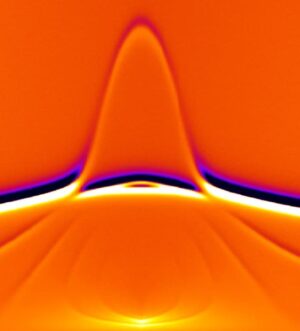
1.4 parallel resonance
The “Parallel Resonance in RLC Circuits” chapter from Hamshack.ca’s Advanced Theory section focuses on calculating resonant frequencies in parallel RLC circuits, key for RF engineering and amateur radio. It explores how inductance and capacitance changes influence resonant frequencies, emphasizing the balance between inductive and capacitive reactances that leads to parallel resonance. This phenomenon, crucial for tuning circuits, frequency amplification, and signal filtering, demonstrates the importance of precise component values. Through the Question Specific Learning (QSL) approach, learners gain practical insights into circuit tuning and design for achieving specific operational frequencies.

1.5 quality factor (Q)
Hamshack.ca is changing Amateur Radio education with its cutting-edge Question Specific Learning (QSL) methodology, showcased in courses like the ‘Quality Factor (Q)‘. This course, the last of the five in the Advanced Theory section, is tailored for those seeking an Advanced Licence, providing a thorough exploration of the Quality Factor and its significance in circuit performance. It delves into resonance, bandwidth, and selectivity, illustrating these concepts through practical examples. The QSL method, exclusive to Hamshack.ca, encourages a shift from rote memorization to a profound comprehension, leveraging detailed explanations and real-life scenarios from the Spectrum Management Question bank. This innovative approach not only aids in exam preparation but also furnishes learners with the necessary capabilities to design, optimize, and troubleshoot efficient radio communication systems, thereby redefining the standards of Amateur Radio education.
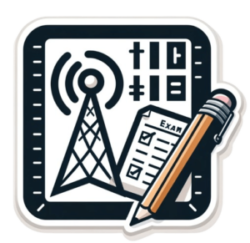
Advanced Theory – Exam
Prepare for your Advanced Amateur Radio license with hamshack.ca’s Advanced Theory Exam. This exam tests your knowledge in fundamental theoretical concepts such as time constants, field theories, resonance, and quality factors, essential for mastering advanced amateur radio operations. With a comprehensive set of questions designed to challenge and enhance your understanding, this practice exam is the perfect tool for solidifying your knowledge before taking the Spectrum Management and Telecommunications Advanced Amateur Radio Exam. Enroll now in hamshack’s QSL Courses and take the next step in your amateur radio journey!
Hamshack.ca provides original, Canadian-focused amateur radio training through its Basic and Advanced Courses, along with new courses currently in development. All instructional text, explanations, diagrams, illustrations, quizzes, assessments, and related materials have been developed exclusively for Hamshack.ca learners and form a complete proprietary educational system.
© All course content—including lessons, graphics, instructional methods, practice exams, and supporting materials—is fully copyrighted and protected under intellectual property law. Users receive a personal, non-transferable license to access the material for their own learning. Copying, sharing, redistributing, republishing, or using any part of the course content for commercial or instructional purposes is strictly prohibited without written permission from the site owner.
For full details on usage rights and restrictions, please refer to the Hamshack.ca Terms of Use.





